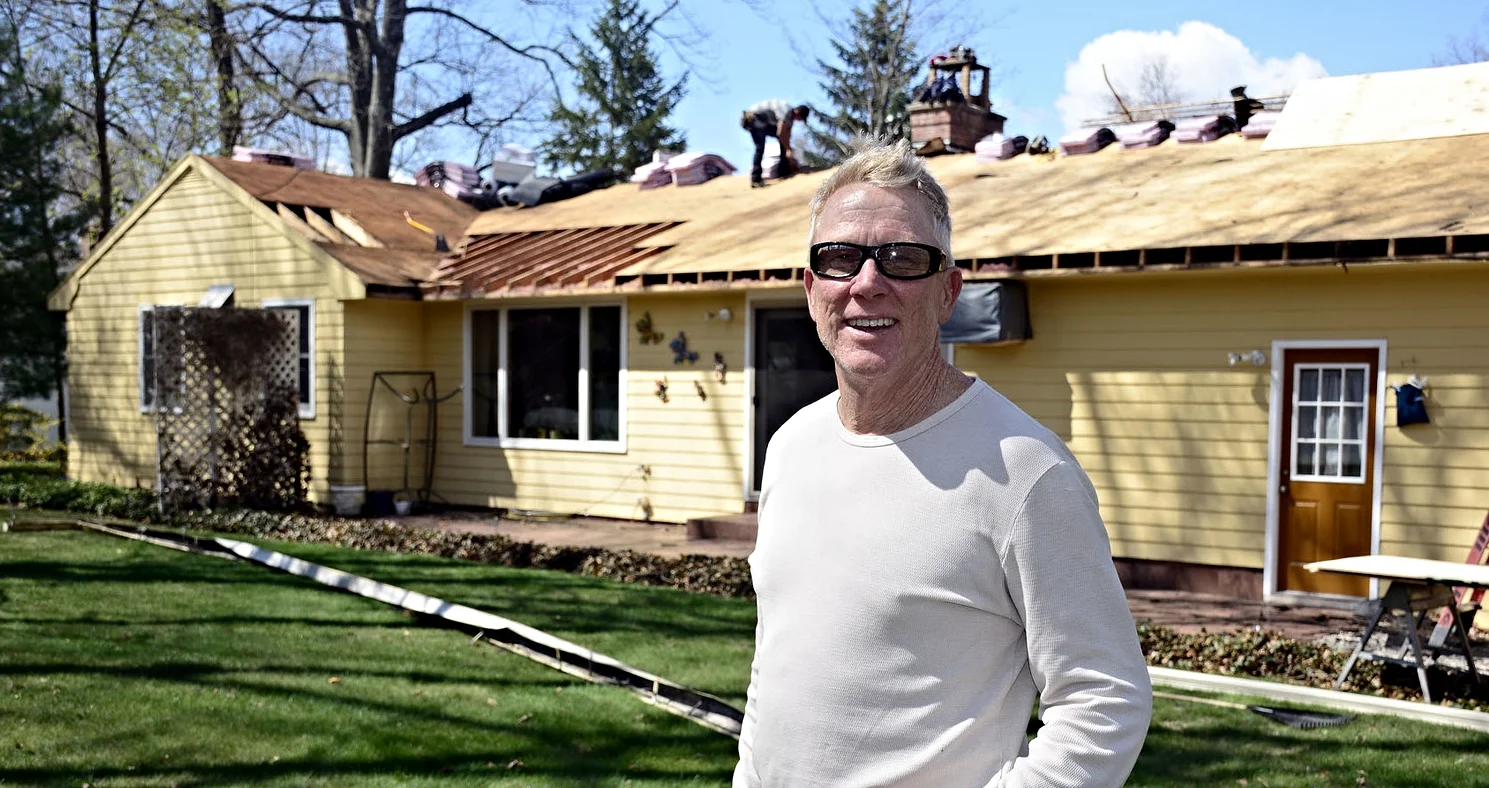Keep Humidity Away From Your Home This Summer
Chelsea O'Donnell
With a very hot start to the week followed by cooler temperatures, it probably won’t be long before summer weather is in full swing.
With New England's heat comes humidity, which is something every homeowner needs to keep in check. While we can’t control the weather outside, moisture in the house can be a major problem, contributing to mold, mildew, and overall dampness, especially in the attic and basement.
A lot of homeowners combat humidity by using air conditioners in their houses, and while they can reduce the moisture in the air to some degree, this is by no means their primary function. An air conditioner works by sucking the air from your home, cooling it, and blowing it back into the house. That process does reduce the humidity slightly, but pairing your air conditioner with a dehumidifier is the best way to cool down your home so you can sleep more comfortably at night.
A dehumidifier works by pulling the moisture out of the air and storing the excess water in a holding tank. Many people keep dehumidifiers in their basements all year long to control the dampness that can often be felt in these underground areas. This is a great idea because controlling the humidity in the part of your home that holds the most water will very likely help to regulate the rest of the house.
One way to know if your house is holding a lot of moisture is to purchase a simple five-dollar humidity gauge from the local hardware store. Ideally, you want the humidity to be under 50 percent. If it’s higher, you might want to consider using a dehumidifier in the main part of your home, especially on hot summer days and in areas where you spend the most time.
In addition to cooling the air and decreasing moisture, running a dehumidifier during the hottest parts of the hottest days can also prevent mold and mildew growth, eliminate musty odors in the home, and prevent old pipes from sweating. Plus, you can use the water collected in the tank to give your plants a good drink.
Dehumidifiers generally run on about half the energy of an air conditioning unit, so as long as you don’t run them all day, using one shouldn’t affect your energy bill. Just be sure to keep windows and doors closed when you run your unit, and only switch the power on during the most humid time of the day, or when the air is above 50 percent humidity.
Be aware that dehumidifiers by nature are drying, so try not to run them while you’re occupying the room over a long period of time, like when you’re sleeping at night. Also, be careful about using dehumidifiers in conjunction with an attic fan. I see people do this all the time and they unintentionally throw the excess moisture from their home or basement up into their attic, where it has no place to escape.
If you’re thinking that a dehumidifier might be a good solution for you, they come in different sizes and can be used for residential or commercial purposes. Generally, a unit will come in 25, 30, and 40-pint models, and on average a 25-pint unit will be sufficient to operate in a 1,000-square-foot area.
Finally, if you have a dehumidifier, please be sure to keep the filter clean. Dust, dirt, and debris can get caught in the filter, preventing air from flowing freely and potentially circulating mold spores throughout the home. A simple wipe-down with a damp cloth and spray bottle filled with a cleaning solution will do the trick to keep you breathing freely and ensure a longer life for your appliance.
Bob O’Donnell is the owner of O’Donnell Bros. Inc., a Bristol-based home improvement company established in 1975. Email your questions for Bob to info@odonnellbros.com with the subject line “Ask the Pro.” All questions may be considered for publication. To contact Bob for your remodeling needs, call O’Donnell Bros. Inc. at (860) 589-5155 or visit http://www.odonnellbros.com. Advice is for guidance only.
